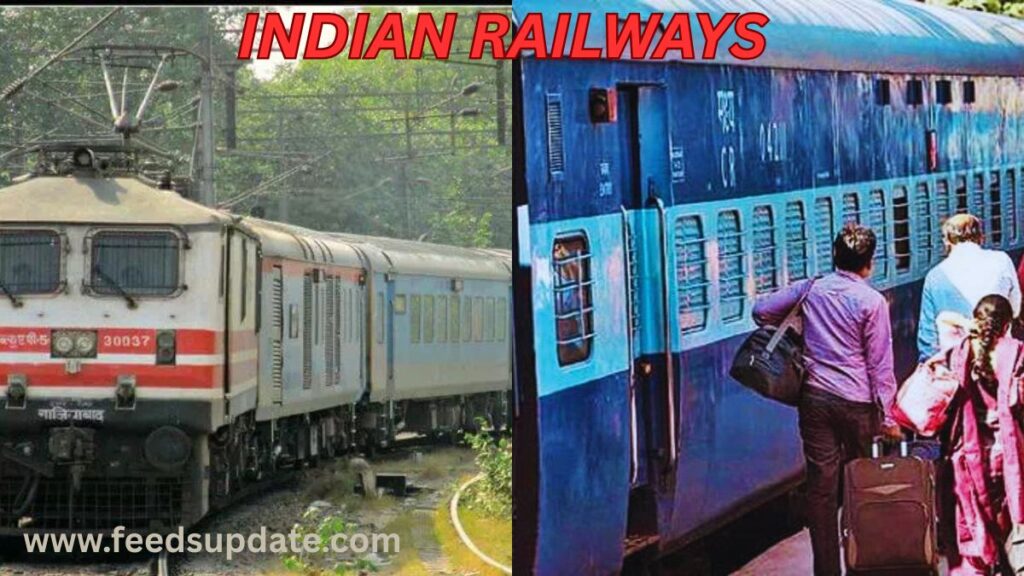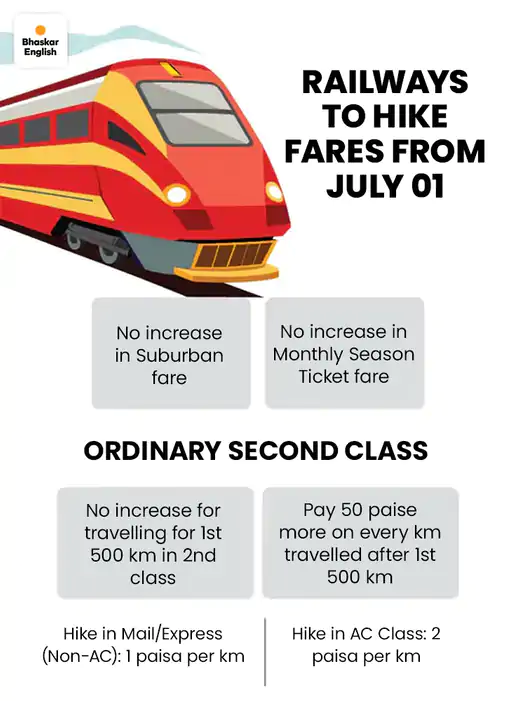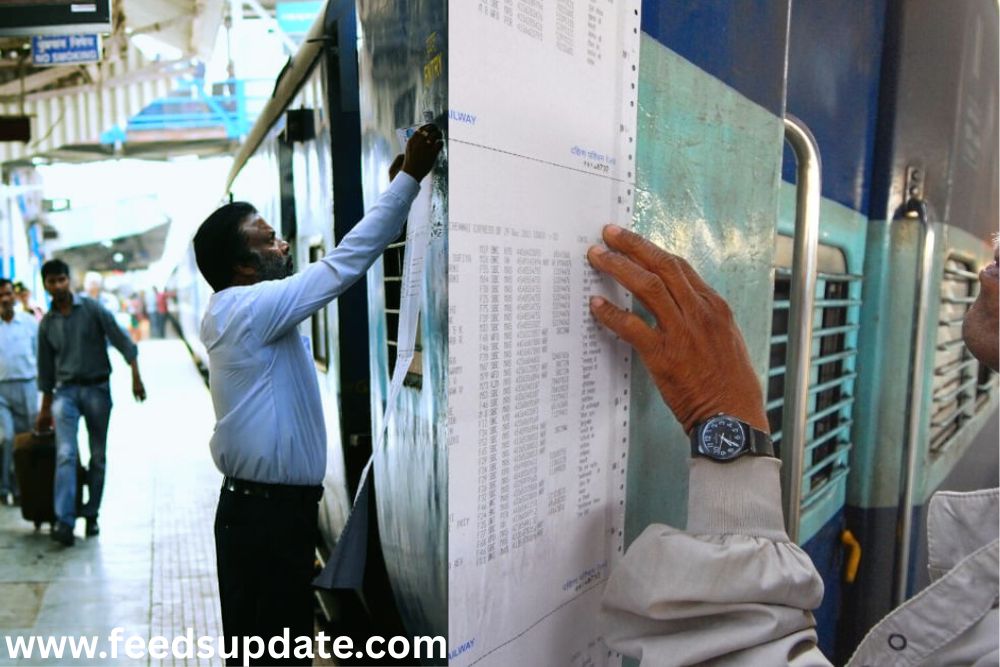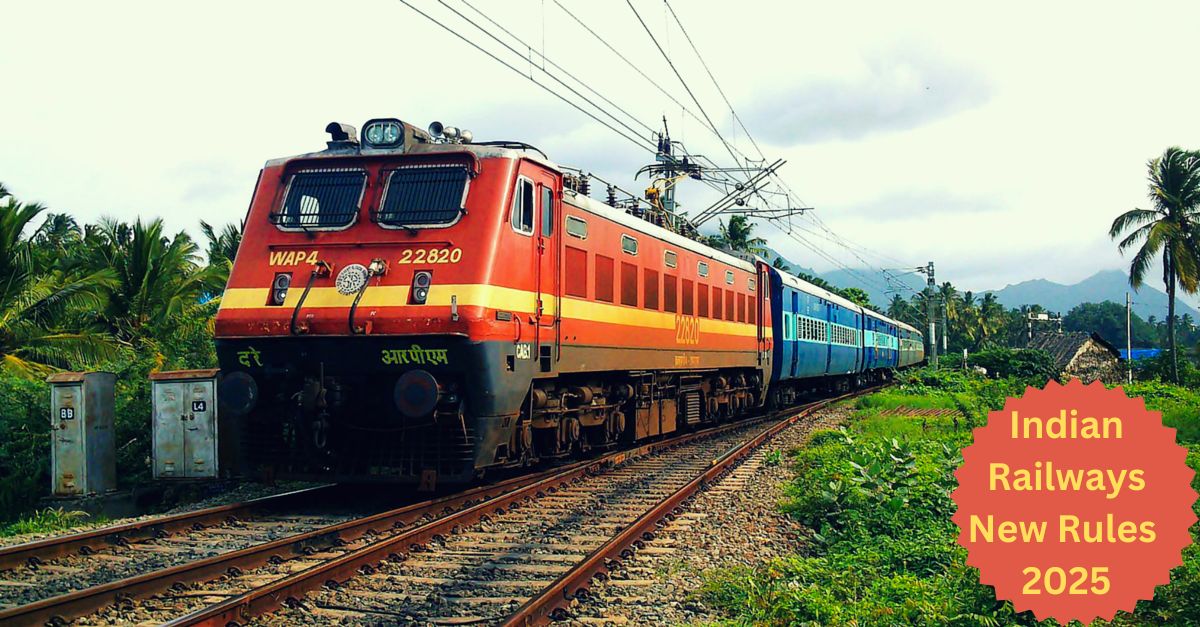Table of Contents
ToggleNew Rules from July 1: 5 Key Changes Every Passenger Must Know!
Starting July 1, Indian Railways has rolled out a fresh set of rules that directly impact millions of daily passengers across the country. Whether you’re a frequent traveler or planning an upcoming journey, it’s crucial to stay updated on these changes to avoid inconvenience. From ticket booking to platform access, these 5 major updates aim to enhance efficiency, improve passenger convenience, and streamline train operations nationwide. Here’s a quick rundown of the essential changes every traveler should be aware of under the new Indian Railways guidelines.

Rolls Out Major Policy Shifts: Key Changes You Can’t Afford to Miss!
Starting July 1, Indian Railways has implemented several crucial updates that will directly impact passengers nationwide. Among the most significant changes is the increase in waiting list limits for AC classes, giving more passengers a chance to secure confirmed tickets. Additionally, the reservation chart publication has been moved to an earlier schedule to provide travelers with timely information. To enhance booking transparency, Aadhaar-based verification is now mandatory for all Tatkal ticket bookings. Lastly, a modest fare revision has been introduced across select routes and categories. These updates reflect Indian Railways’ ongoing efforts to improve efficiency, transparency, and passenger convenience across its network.
Here’s How Much More You’ll Pay Per KM
From July 1, Indian Railways has revised its fare structure, impacting passengers across all classes. The fare of AC coaches, including AC-3 tier, AC-2 tier, and First AC, has been increased by 2 paise per kilometer, leading to a noticeable change in ticket prices for long-distance travel. Meanwhile, those traveling in non-AC sleeper and general classes will now pay 50 paise more per kilometer, marking the first hike in years for budget travelers. This fare revision is aimed at improving service quality and covering rising operational costs while still keeping rail travel affordable for the masses.

Distance-Based Fare Hike & Aadhaar Must for Tatkal Booking
From July 1, Indian Railways has introduced a set of new guidelines aimed at streamlining the travel experience. One of the most impactful changes is the distance-based fare revision, meaning the longer you travel, the more you’ll pay—especially noticeable in sleeper and AC classes. Additionally, passengers booking Tatkal tickets must now complete Aadhaar authentication, a move to curb fraudulent bookings and enhance security. All these updates can be accessed and managed through the official IRCTC website or app, making it essential for passengers to stay informed and prepared before booking their journeys.
Makes Charting Smarter: Reservation Charts Now Ready 8 Hours in Advance
In a major shift to enhance passenger convenience, Indian Railways has revised its reservation chart preparation rule effective July 1. Now, for trains departing before 2 PM, the reservation charts will be finalized by 9 PM the previous night, allowing travelers more time to check their booking status and make alternate plans if needed. This new 8-hour advance charting policy is aimed at reducing last-minute confusion and easing boarding procedures at stations. The move is part of Indian Railways’ broader push to modernize operations and make the travel experience smoother and more transparent for passengers.

Updates Waiting List Rules: Higher Limits for AC & Non-AC Classes
Starting July 1, Indian Railways has revised its waiting list policy, bringing relief to passengers struggling for confirmed tickets. The waiting list cap has been increased across various AC classes, allowing more bookings and reducing last-minute rejections. Similarly, non-AC classes have also seen updated rules to accommodate the growing demand. Importantly, the new guidelines also cover tickets issued under concessional fares, government warrants, and quotas, ensuring greater flexibility for students, senior citizens, and defense personnel. These changes aim to strike a balance between passenger convenience and efficient capacity management across the railway network.
Rule Changes: Key Takeaways Every Traveler Should Know
The latest updates by Indian Railways from July 1 come with significant implications for daily commuters and long-distance travelers alike. Here are a few key takeaways:
-
Reservation charts for trains departing before 2 PM will now be prepared by 9 PM the previous night, helping passengers plan ahead.
-
Waiting list limits have been increased in both AC and non-AC classes, offering better chances of getting a seat.
-
Aadhaar-based verification is now mandatory for Tatkal bookings, ensuring a more secure ticketing system.
-
A modest fare hike has been introduced, with sleeper and general classes seeing a rise of 50 paise/km, and AC classes up by 2 paise/km.
-
Tickets under concessional fares and government quotas will also follow the new charting and waitlist rules.
These changes by Indian Railways aim to boost transparency, improve booking efficiency, and enhance the overall travel experience.

Conclusion: Indian Railways Ushers in a New Era of Train Travel
As the latest reforms roll out, it’s clear that Indian Railways is steering toward a more structured, transparent, and technology-driven future. From updated reservation chart timings and Aadhaar-based verifications to revised fare structures and waiting list caps, these changes mark a significant shift in how passengers interact with the rail network. While adjustments may take time, these initiatives aim to enhance efficiency and passenger convenience in the long run. As travelers adapt to this new era of train travel, staying informed and planning ahead will be key to a smoother journey with Indian Railways.
